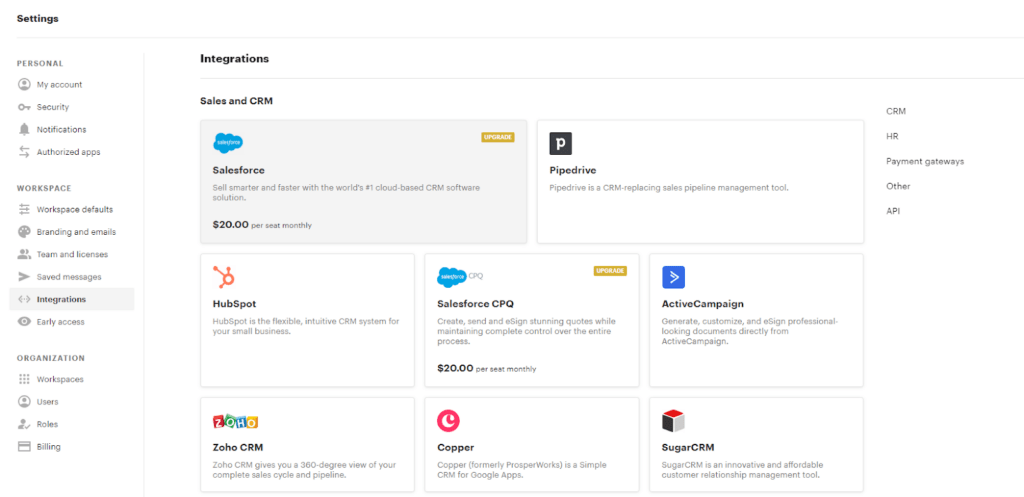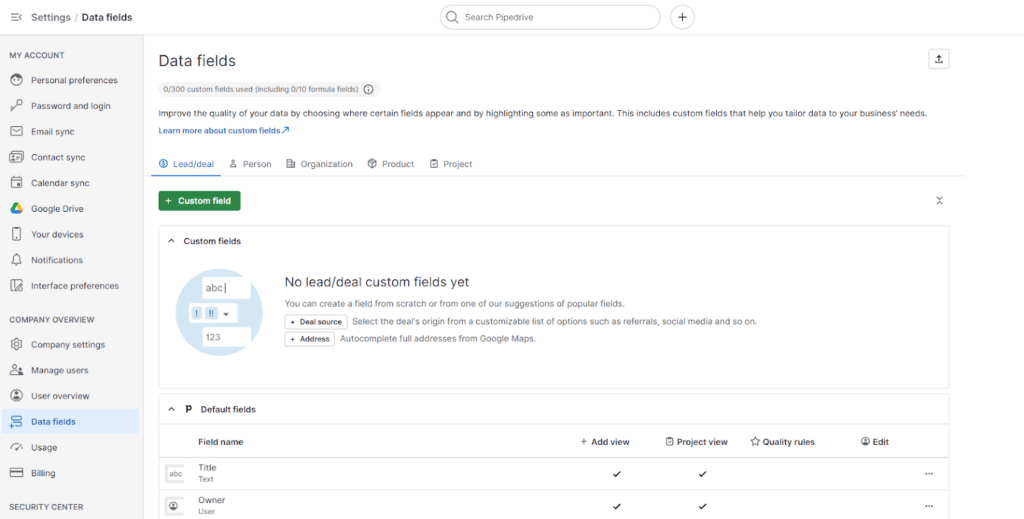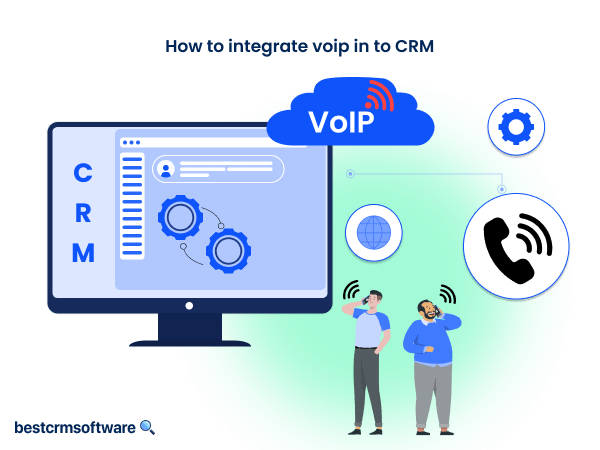
How to Manage Contracts in Pipedrive
Quick introduction:
Effective contract management is essential to preserving the strength of your business ties and guaranteeing the seamless running of your sales pipeline. However, monitoring contract lifecycles can be time-consuming, reducing productivity and efficiency.
Powerful CRM solutions like Pipedrive provide a sophisticated solution for automating contract administration. This guide will help you learn how to use Pipedrive’s capabilities in contract renewal opportunities. With this information, you will be able to handle contracts, increase operational efficiency, and get effective contract management results.
By the end of this guide, you’ll gain a clear understanding of:
- How to manage contracts in Pipedrive.
- How to integrate Pipedrive with current contract management software?
- Configuring Pipedrive for effective contract management.
- Uploading, monitoring, and managing contracts in Pipedrive.
- Using valuable tips and methods to enhance the platform’s potential.
Even if you’re new to Pipedrive or contract management, this article will provide a concrete plan for getting started. Let’s begin
Step 1: Integrating Contracts into Pipedrive
Many firms use good contract management software to manage complicated contracts. This program simplifies the authorship, negotiating, and approval procedures. The good news is that Pipedrive works with various major contract management platforms. Here are a few examples:
PandaDoc

Pipedrive now integrates with a significant e-signature provider. This interface offers contract management software inside Pipedrive. Collecting electronic signatures is also feasible using this integration, and tracking progress is another capability provided by the integration.
ContractPodAi

Pipedrive is integrated with artificial intelligence-powered contract management software. This enables you to:
- Automate workflows
- Manage approvals
- Gain information regarding contract performance
Conga Contracts
A Pipedrive-compatible cloud-based contract management system is available. This system includes tools for contract creation, negotiation, and effective contract lifecycle management. All these tools are available in your Pipedrive environment.
Steps to Integrate Contracts into Pipedrive (Using PandaDoc as an Example)
The specific integration contracting process will vary depending on your chosen contract management software. However, here’s a detailed breakdown using PandaDoc as an example:

- Within PandaDoc, navigate to the “Settings” section and locate the “Integrations” tab.

- Search for Pipedrive and select the “Connect” option.


- Follow the on-screen prompts to authorize the connection between PandaDoc and Pipedrive.
- Once connected, define how data fields will be mapped between the two platforms.
Step 2: Setting Up Contract Management in Pipedrive
Your contract management software has been integrated. Now, we can configure Pipedrive to optimize the contract management process.
Creating Custom Fields for Contracts
The first step is creating custom fields within Pipedrive to capture contract creation data. Here’s how to do it:

- Within your Pipedrive account, click on the “Settings” gear icon in the dashboard’s top right corner.

- Select “Data fields” from the Settings menu under the “Company” section.
- Click the “Add custom field” button located on the top right corner of the data fields page.

- A pop-up window will appear. Here, you’ll define the specifics of your custom field:
- Field Name: Enter a clear and descriptive name for your field, such as “Counterparty Name” or “Contract Value.”
- Field Type: Select the appropriate data type for your field. Here are some standard options:
- Text: Suitable for short text entries like names or dates.
- Number: Ideal for numerical values like contract value or expiration year.
- Monetary: Use this for currency-related fields like contract amount.
- Person: Link the contract creation to a specific contact within Pipedrive.
- Organization: Link the contract to a specific organization within Pipedrive.
- Date: Use this to capture the contract start date or expiration date.
- Places where shown: Decide if this field should appear in the detailed view of deals. This applies particularly to deals where contracts are linked with contacts.

- Once you’ve defined all the details, click the “Save” button to create your custom field.
Configuring Pipelines for Contract Stages
Next, tailor your Pipedrive sales pipeline to encompass the entire contract lifecycle. Here’s a step-by-step guide:

- Navigate to the “Deals” section within your Pipedrive account.

- Click on the “Manage Pipelines” button in the Deals page’s top right corner.

- If you already have a sales pipeline, you can edit it to include contract stages. Click on the name of your existing pipeline and then select “Edit pipeline.”

- If you prefer a dedicated pipeline for contracts, click the “Add new pipeline” button. Enter a descriptive name for your pipeline.

- Click the “+” icon to add new stages to your pipeline. Enter a clear and concise name for each stage that reflects the contract’s status within the lifecycle.
Here’s an example of how you might structure your stages:
- Stage 1: Initiation
- Stage 2: Drafting
- Stage 3: Negotiation
- Stage 4: Approval
- Stage 5: Digital Signatures
- Stage 6: Post-Award
You can customize details for each stage by clicking the gear icon next to the stage name.
Step 3: Managing Contracts in Pipedrive
Uploading Contracts to Pipedrive
Once your contract management system is integrated and your Pipedrive pipeline is configured, you’re ready to upload your contracts. Pipedrive allows you to upload various file formats, including PDFs and Docx documents. Consider uploading the original contract along with any revisions or amendments to maintain a complete record within Pipedrive (filing cabinet).
Tracking Contract Progress
With your contracts uploaded and categorized within the appropriate pipeline stages, you can leverage Pipedrive’s powerful tracking functionalities. Utilize features like:
- Record and monitor all communication and activity related to each contract, ensuring a clear audit trail.
- Set due dates for key milestones within the contract lifecycle and receive automated notifications to prevent missed deadlines and potential financial penalties.
- Generate insightful reports to analyze contract performance, identify bottlenecks, and make data-driven decisions to improve your overall contract management effectiveness.
Tips & Tricks for Effective Pipedrive Contract Management
After you have set a solid basis for managing contracts in Pipedrive, let’s look at some valuable tips. Let’s explore some tactics to increase efficiency and effectiveness.
- Create a template for a standard contract type (e.g., Non-Disclosure Agreement). Include pre-defined clauses and boilerplate language specific to that contract type.
- Define placeholders within the template for variable information, such as Client Name or Contract Value.
- When creating a new contract based on the template in Pipedrive, the system automatically populates placeholders with relevant data points from the deal or contact record, minimizing the need for manual data entry.
- While drafting a contract, you can share the document directly within the relevant Pipedrive deal.
- Utilize Pipedrive’s discussion feature to exchange comments and suggestions on specific clauses.
- Assign tasks to team members within Pipedrive, such as “Obtain client approval on revised terms” or “Finalize contract for e-signature.”
- Once the contract is finalized, upload it to Pipedrive. After uploading, initiate the e-signature process by sending the document to all parties for signing directly within Pipedrive.
Conclusion
Leveraging Pipedrive’s features effectively can increase the efficiency of your contract management processes. The ideas and methods in this guide will help you streamline your contract administration process.
Transform your contract administration process from a manual and time-consuming task to an effective contract management solution. This enables your contract administrator to improve contract management software outcomes. It can assist in boosting operational and financial success. Finally, it has the potential to reduce risk while increasing contract value.






